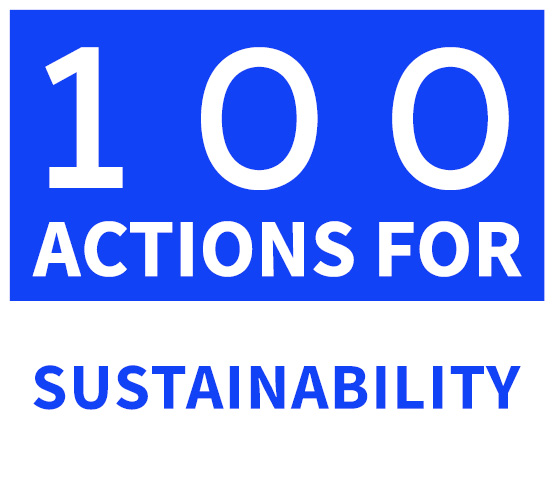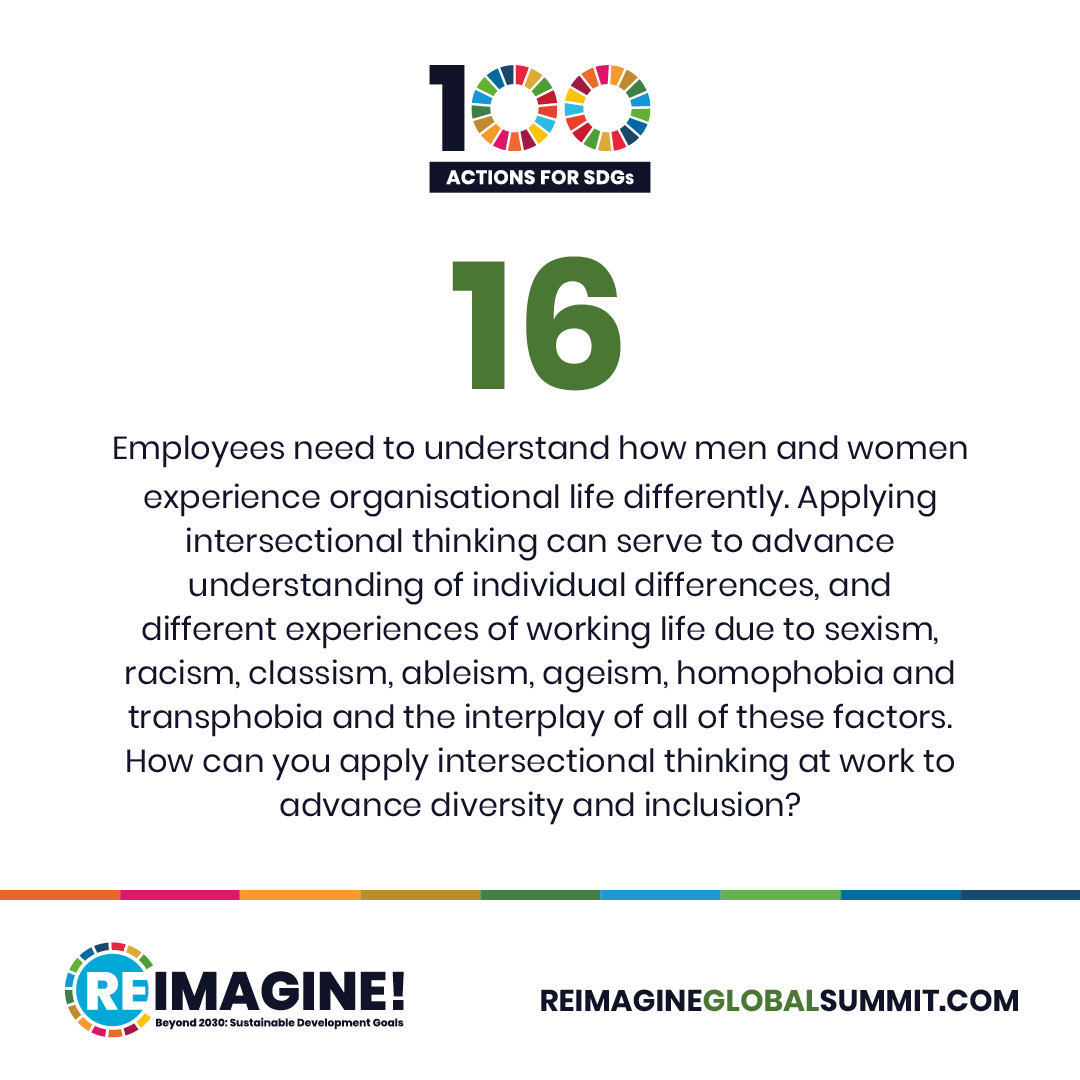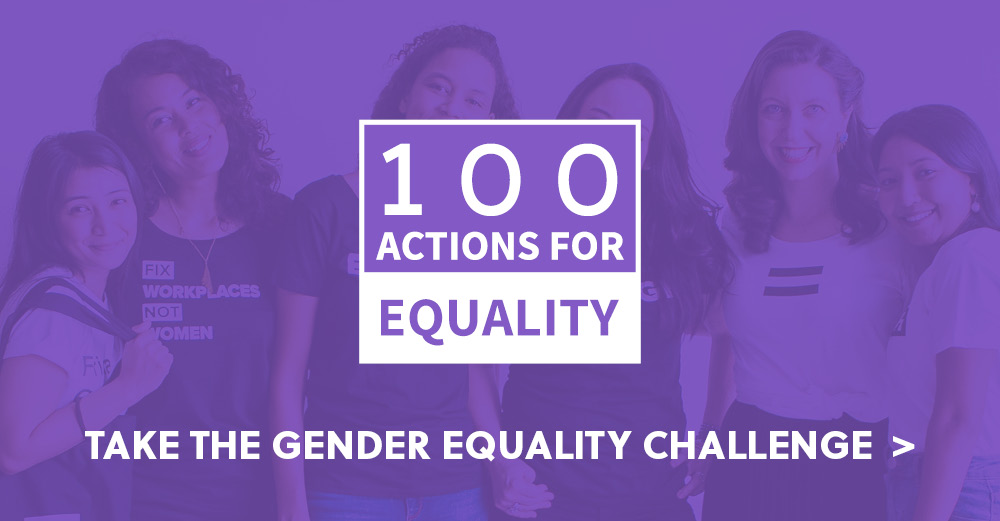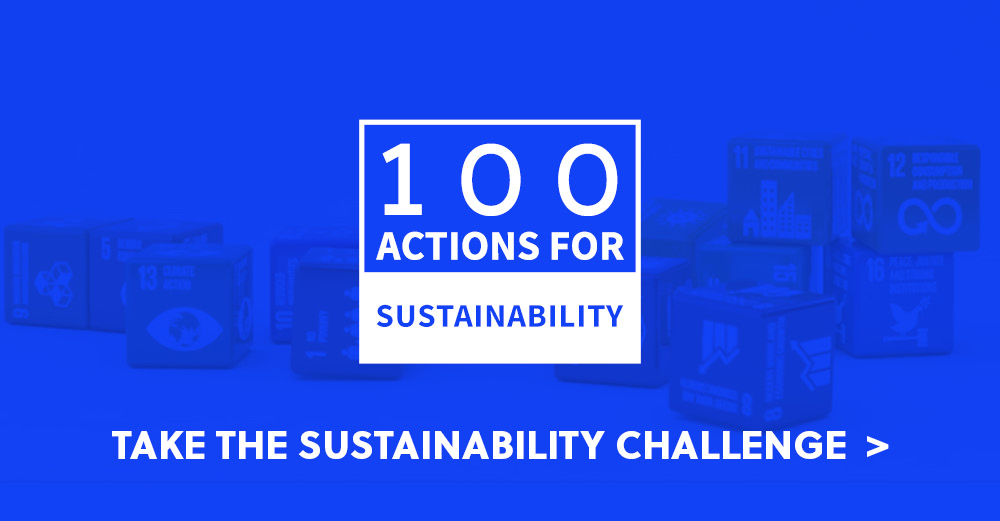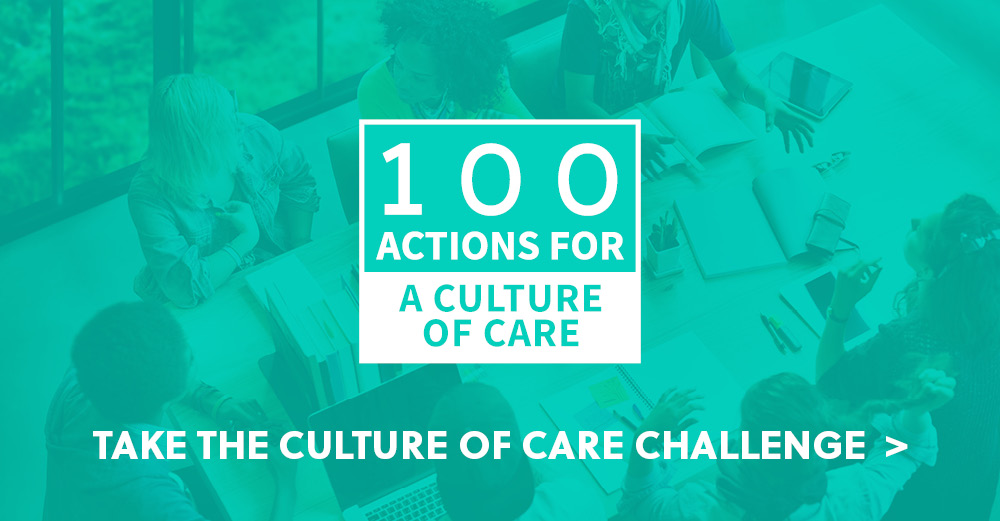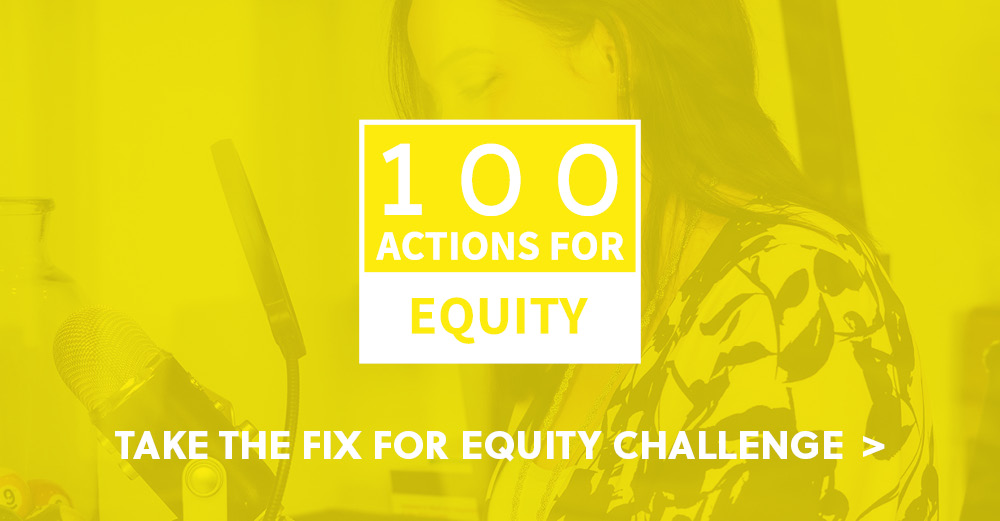Employees need to understand how men and women experience organisational life differently. Applying intersectional thinking can serve to advance understanding of individual differences, and different experiences of working life due to sexism, racism, classism, ableism, ageism, homophobia and transphobia and the interplay of all of these factors. How can you apply intersectional thinking at work to advance diversity and inclusion?
